Carved wood has been used throughout history to create a variety of beautiful pieces of art. From intricate sculptures to stunning furniture, carved wood is a timeless material that can be used to create something truly unique and special. Unfortunately, it can also be vulnerable to damage over time. That's why it's so important to properly seal and protect any carved wood you may have. Sealing and protecting your carved wood is essential for ensuring its longevity and preserving the beautiful detail of your work.
This article will provide an overview of the techniques and products available to help you keep your carved wood looking its best for years to come. Read on to learn more about sealing and protecting your carved wood. Wood carving is an art form that requires a great deal of skill and precision. But even the most expertly carved piece of wood can be ruined if it’s not properly sealed and protected. Sealing and protecting carved wood is essential to ensure it remains in good condition for years to come.
The two most common types of sealants used on carved wood are wax and varnish. Wax is often used to give carved wood a shine, while varnish helps protect it from damage caused by water or other elements. You can also use a combination of wax and varnish for added protection. When applying a sealant, it’s important to use a brush or cloth that won’t scratch or damage the surface of the wood.
You should also use a light touch when applying the sealant, as too much pressure can cause air bubbles to form. Once you’ve finished applying the sealant, let it dry for at least 24 hours before using the carved wood. In addition to using sealants, there are other methods you can use to protect your carved wood from damage. For example, you can use a clear coat of paint to help protect the surface of the wood from scratches or fading.
You can also apply a protective coat of polyurethane or lacquer to help keep the color of the wood vibrant for longer. Finally, there are several tools available that can help you in sealing and protecting your carved wood. An air compressor is ideal for getting into small spaces that can be difficult to reach with a brush or cloth. Sandpaper can also be used to smooth out any rough patches on your wood carvings before applying a sealant.
Applying Sealants
When applying a sealant to carved wood, it’s important to use a brush or cloth that won’t scratch or damage the surface.Applying too much pressure when applying the sealant can cause air bubbles to form, so be sure to use a light touch. Once the sealant has been applied, it should be allowed to dry for at least 24 hours before using the carved wood.
Tools for Sealing and Protecting
Finally, there are several tools available that can help you in sealing and protecting your carved wood. Sandpaper is also an effective tool for smoothing out any rough patches on your wood carvings before applying a sealant. You can also use a polyurethane sealant or varnish to protect the wood from moisture, dirt, and UV rays.A good sealant should be applied in thin coats and allowed to dry completely before applying the next coat. When it comes to protecting your carved wood, it’s important to choose the right tools for the job. Make sure you understand how each tool works and how it can best benefit your project. With the right combination of tools and techniques, you’ll be able to seal and protect your carved wood for years to come.
Additional Protection
Sealing and Protecting Carved WoodIn addition to using sealants, there are other methods you can use to protect your carved wood from damage. Clear coats of paint are a great way to protect carved wood from scratches and fading.This type of paint provides a protective layer that prevents dust and dirt from settling into the grooves and details in the wood, which can cause discoloration and damage over time. Additionally, clear coats of paint also help preserve the wood’s natural beauty, as they don’t obscure the grain or texture of the wood. Applying a protective coat of polyurethane or lacquer is another good way to protect carved wood from damage. These coatings provide an extra layer of protection that helps keep the wood’s color vibrant for longer.
Polyurethane and lacquer also help prevent scratches and dents from occurring. Finally, it’s important to remember to regularly clean and wax your carved wood. Regularly cleaning and waxing your carved wood can help protect it from dirt and dust that could cause discoloration or damage over time. Sealing and protecting carved wood is an essential part of preserving its beauty and longevity.
With the right techniques and tools, such as sealants and additional protection, you can ensure your carving will stay looking its best for years to come. Using the appropriate tools and products is key to achieving the best results when sealing and protecting carved wood.
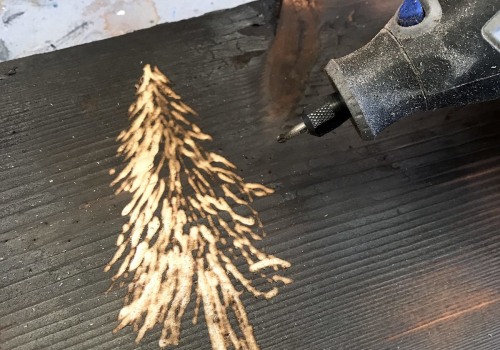
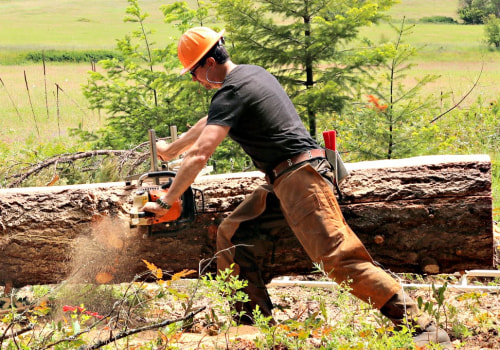
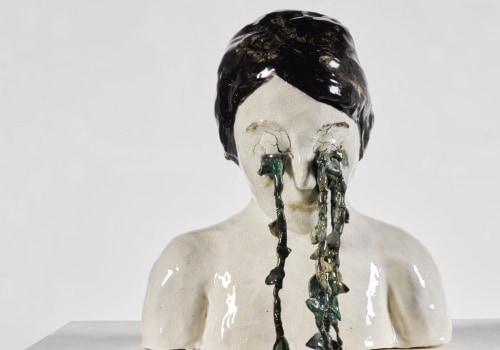
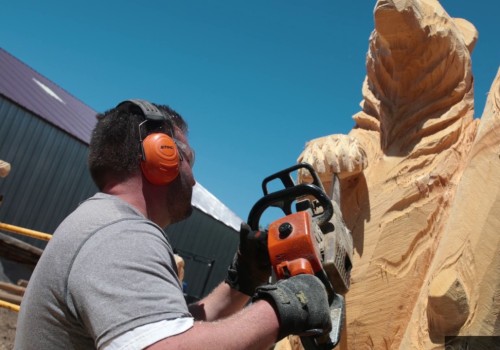
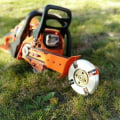

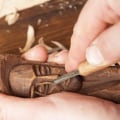

Leave a Comment